Retro Replay Review
Gameplay
Undercover: Operation Wintersun delivers a classic point-and-click adventure experience, anchored by its entirely mouse-driven interface. Players guide Dr. John Russell through war-torn Berlin by using the left mouse button to examine objects and navigate the environment, while the right button serves to pick up or utilize inventory items. The dual functionality of the right button—single-click for pick-up/use and double-click for running—provides a straightforward control scheme that remains intuitive even for newcomers to the genre.
(HEY YOU!! We hope you enjoy! We try not to run ads. So basically, this is a very expensive hobby running this site. Please consider joining us for updates, forums, and more. Network w/ us to make some cash or friends while retro gaming, and you can win some free retro games for posting. Okay, carry on 👍)
The puzzle design strikes a balance between logical deduction and creative experimentation. From researching newspaper clippings to combining seemingly unrelated items, each puzzle encourages strong observational skills. More elaborate challenges, such as reassembling a torn letter or deciphering mechanical systems, reward players for thorough exploration and attention to detail. A beginner’s mode is available to highlight crucial objects, ensuring that less experienced adventurers can progress without feeling stuck.
For those seeking an even more immersive atmosphere, the optional sepia filter bathes every scene in a historical tint, evoking vintage photography. This filter not only reinforces the World War II setting but also helps to unify the game’s diverse environments. Whether you prefer the filter on or off, the interface remains responsive and fluid, allowing you to focus on unraveling the mystery rather than wrestling with controls.
Interaction with companion characters injects variety into the gameplay loop. British MI6 agent Peter Graham and later ally Anne Taylor introduce cooperative puzzle segments, occasionally requiring item hand-offs or joint problem-solving. These moments break up solo exploration and underscore the narrative’s espionage premise, providing subtle shifts in gameplay that keep the experience fresh over its six- to eight-hour runtime.
Inventory management stays simple yet meaningful: you rarely juggle more than half a dozen items at once, which prevents needless frustration. However, the occasional backtracking can feel tedious if you overlook a key object, reminding you to thoroughly inspect every corner of Russell’s surroundings. Overall, the gameplay in Undercover: Operation Wintersun excels at marrying traditional adventure mechanics with a richly detailed historical scenario.
Graphics
Undercover: Operation Wintersun utilizes pre-rendered backgrounds to craft detailed, period-accurate environments that evoke the tension of wartime Berlin. The static vistas—from bomb-blasted streets to shadowed warehouses—are meticulously painted, offering a level of visual fidelity that belies the game’s late-1990s pedigree. Each location feels lived-in, with subtle wear on walls and scattered debris reinforcing the game’s gritty atmosphere.
Character models, while polygonal by modern standards, convey personality through expressive animations and carefully designed silhouettes. Dr. John Russell’s lab coat flutters as he walks, and Anne Taylor’s fluid hand movements bring her spycraft to life during intricate puzzle sequences. Although the animations can appear stiff in close-up shots, they never distract from the immersive environments.
The optional sepia filter transforms the already impressive backgrounds into a striking sepia-toned tableau, reminiscent of period photographs. This filter not only enhances the sense of authenticity but also camouflages minor graphical limitations, such as texture blurring or polygon edges. Switching between full color and sepia allows players to choose their preferred aesthetic, balancing historical mood against visual clarity.
Lighting and shadow play crucial roles in setting the tone. Dark corridors and dimly lit labs feel genuinely foreboding, while bursts of daylight in open courtyards provide momentary relief. Reflections on metal surfaces and subtle gradients on brick walls demonstrate careful attention to detail. Though the game doesn’t boast dynamic lighting, its fixed light sources are artfully positioned to highlight key objects and guide the player’s eye.
Overall, the graphics in Undercover: Operation Wintersun remain remarkable for their era, and the addition of the sepia mode elevates the presentation into something truly memorable. Fans of classic adventure design will appreciate the painterly quality of each scene, while newcomers may be pleasantly surprised by the visual depth and atmospheric flair on display.
Story
The narrative thrust of Undercover: Operation Wintersun is anchored by its World War II setting and the moral complexities that come with espionage. You assume the role of Dr. John Russell, a scientist thrust into the clandestine world of spies when tasked with investigating a secret Nazi uranium bomb project. Russell’s scientific expertise makes him invaluable, yet his lack of field experience often places him in perilous situations that require quick thinking—and sometimes, blind luck.
British MI6 agent Peter Graham enters early as Russell’s protector and guide, forming a dynamic partnership that balances brains and brawn. Graham’s seasoned espionage instincts contrast with Russell’s academic skepticism, generating playful banter and occasional tension. Anne Taylor’s arrival ushers in new layers of intrigue; her ambiguous motivations prompt players to question every alliance. Are these companions true allies, or do they harbor secrets of their own?
Pacing throughout the plot remains steady, punctuated by moments of genuine suspense and clever twists. Gathering evidence for the uranium bomb project involves deciphering coded messages, infiltrating restricted areas, and collaborating with resistance contacts. Each revelation heightens the stakes, creating a palpable sense of urgency as Russell inches closer to the truth. The story never shies away from the war’s darker elements, reminding players that the line between heroism and moral compromise can blur under pressure.
Dialogue is well-written, capturing the period’s formal speech patterns without feeling stilted. NPC interactions reveal snippets of wartime Berlin life—from fearful citizens to fanatical officers—enriching the main quest with small vignettes that underscore the war’s human cost. The ending ties together personal motivations and larger geopolitical concerns in a satisfying, if occasionally predictable, climax that nonetheless leaves room for reflection.
In sum, Undercover: Operation Wintersun offers a mature narrative that weaves espionage and ethical quandaries into its core. While it occasionally leans on familiar spy-thriller tropes, the strong character dynamics and historically grounded plot make for a compelling journey through one of history’s most tumultuous eras.
Overall Experience
Undercover: Operation Wintersun stands out as a thoughtful, engaging adventure that wears its vintage roots with pride. The combination of methodical puzzle-solving, atmospheric graphics, and a morally complex narrative results in a game that appeals to both seasoned fans of the genre and newcomers curious about interactive storytelling. Its moderate length ensures a focused, coherent experience without unnecessary filler.
The optional sepia filter and beginner’s mode demonstrate the developers’ desire to make the game both immersive and accessible. Players who relish historical authenticity can revel in the sepia-toned visuals, while those new to point-and-click adventures can rely on hints to stay on track. This flexibility broadens the game’s appeal, allowing it to serve as both a nostalgic throwback and an entry point for fresh audiences.
Certain elements, such as occasional backtracking and the static nature of pre-rendered backgrounds, may feel dated to some. However, these minor drawbacks are overshadowed by the game’s strong narrative drive and richly detailed world. The cooperative puzzle moments with Graham and Taylor inject welcome variety, ensuring that the gameplay remains dynamic throughout.
Overall, Undercover: Operation Wintersun offers a memorable journey into the shadowy world of World War II espionage. Its blend of cerebral puzzles, evocative art direction, and thoughtful storytelling make it a standout title for those seeking an intellectually stimulating gaming experience. Whether you’re chasing down clues in dimly lit alleys or sifting through classified documents in hidden archives, Dr. John Russell’s adventure is one that will linger in your mind long after the credits roll.
If you’re looking for a historically rich adventure that challenges your wits and immerses you in a tense spy drama, Undercover: Operation Wintersun is a mission well worth undertaking.
 Retro Replay Retro Replay gaming reviews, news, emulation, geek stuff and more!
Retro Replay Retro Replay gaming reviews, news, emulation, geek stuff and more!
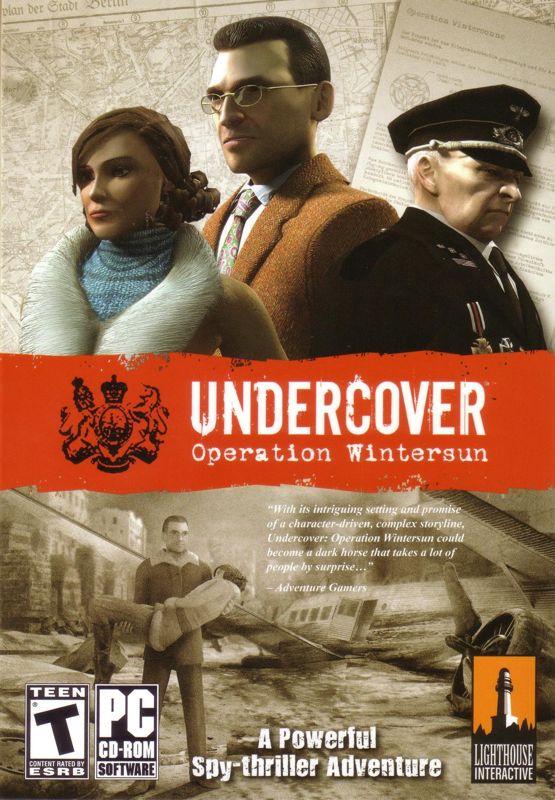
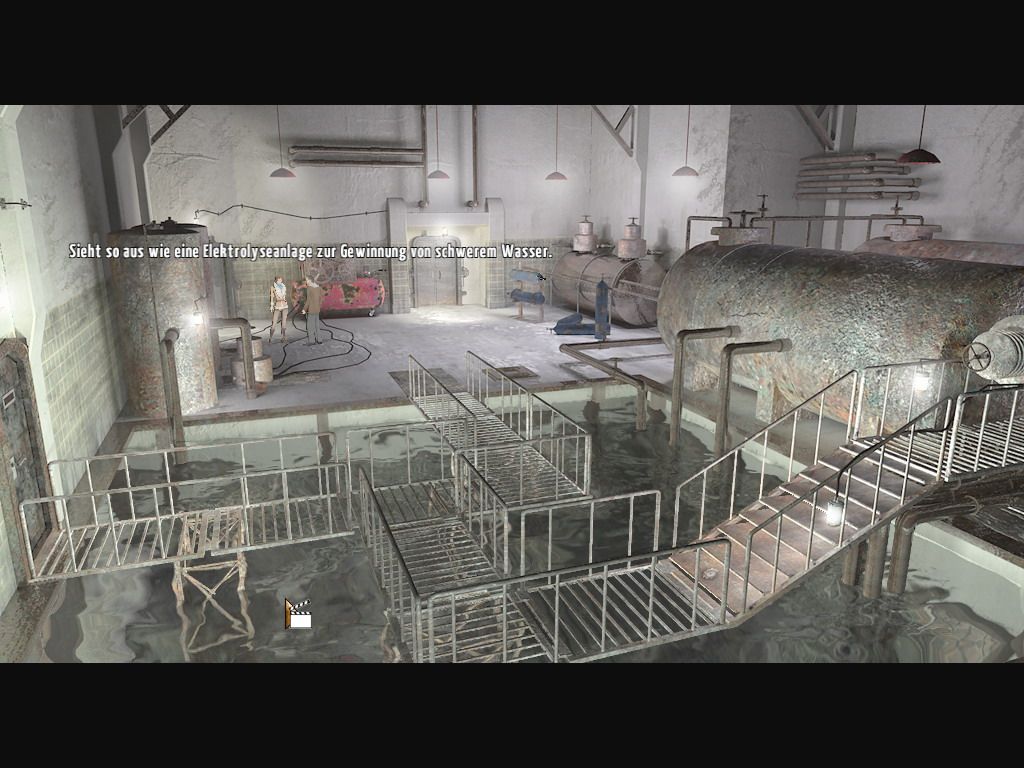
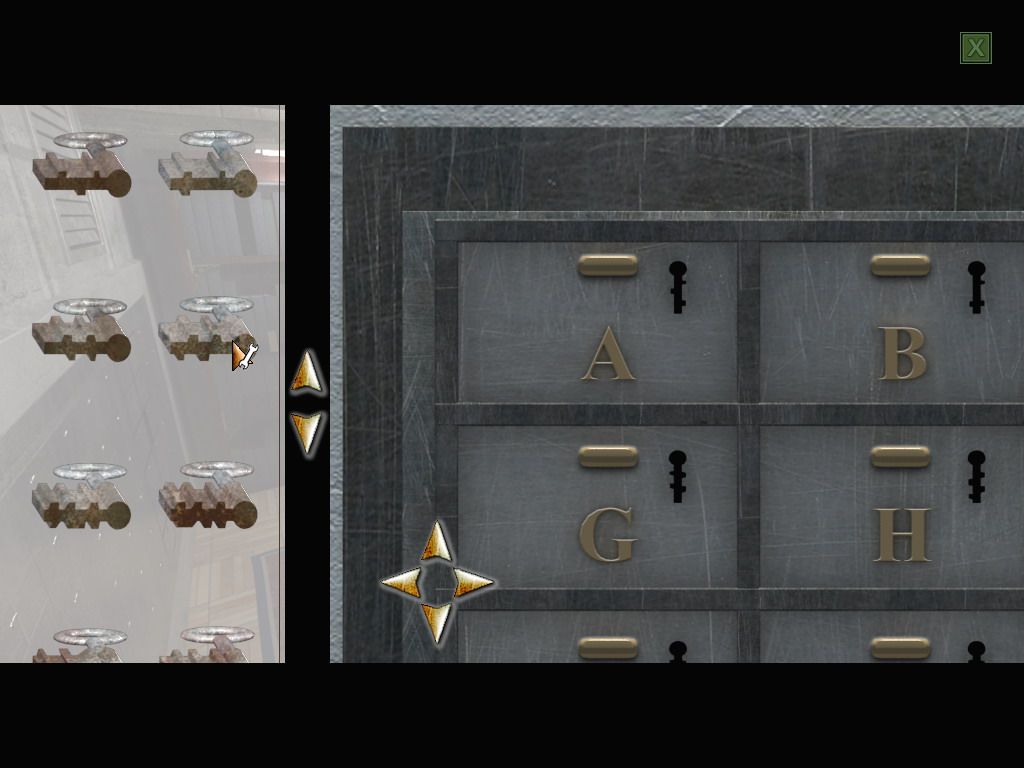
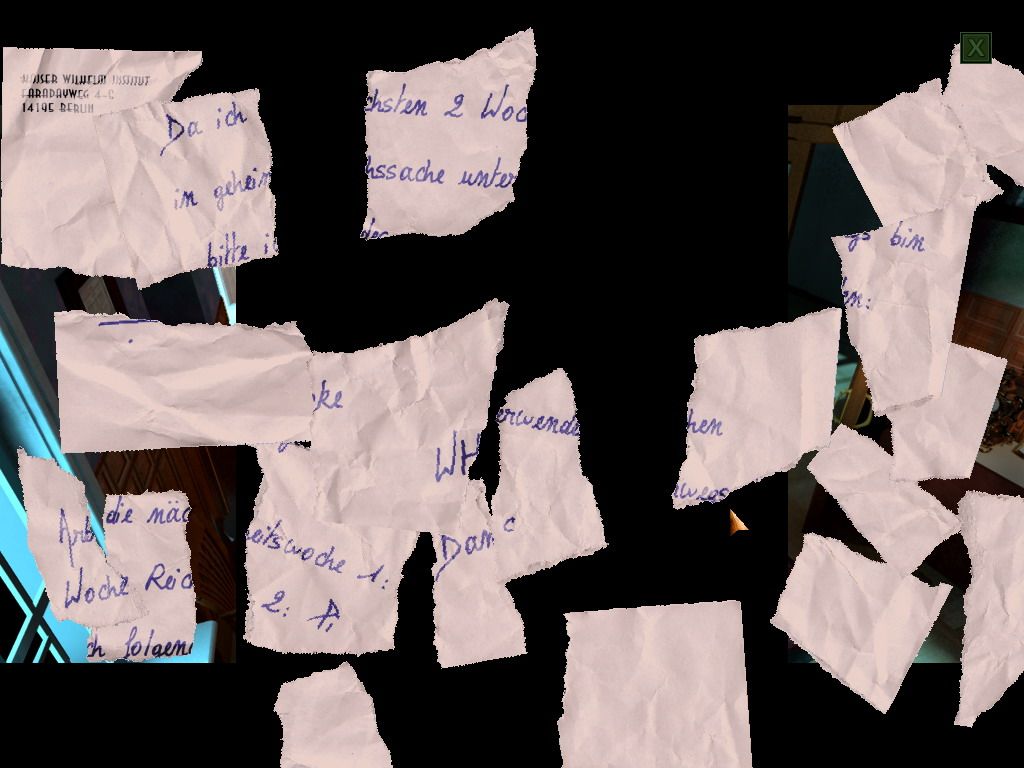
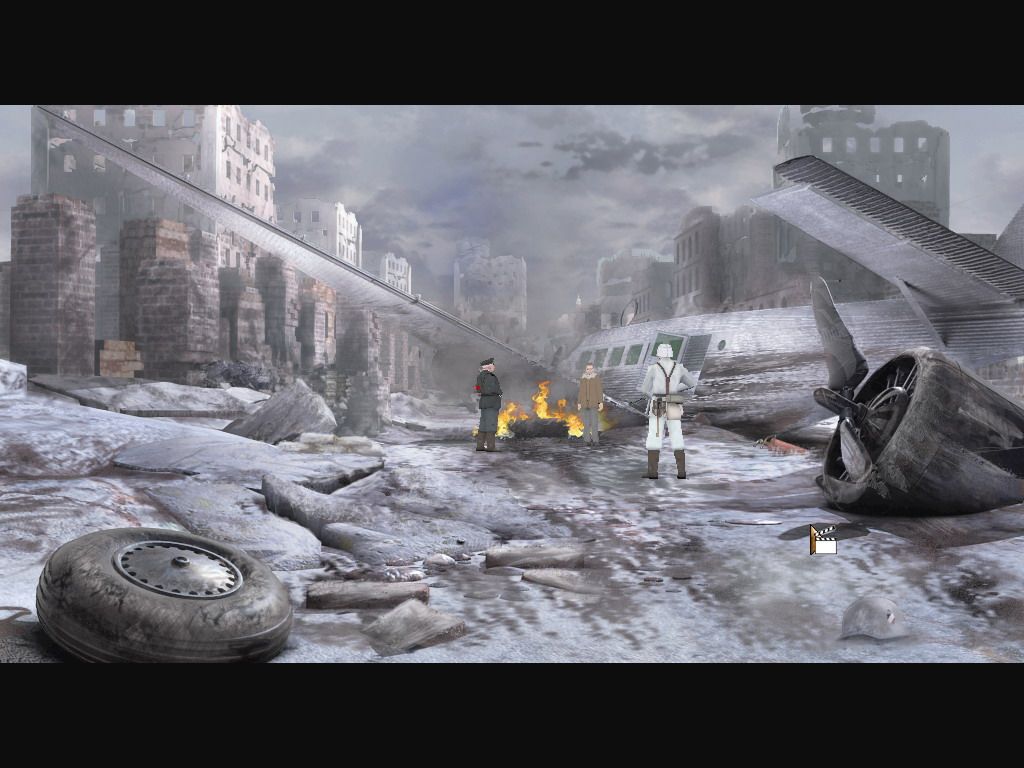

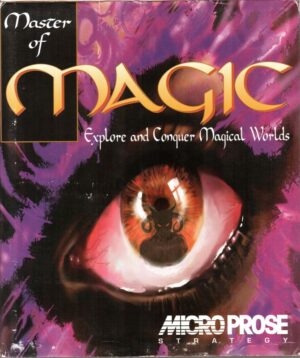


Reviews
There are no reviews yet.